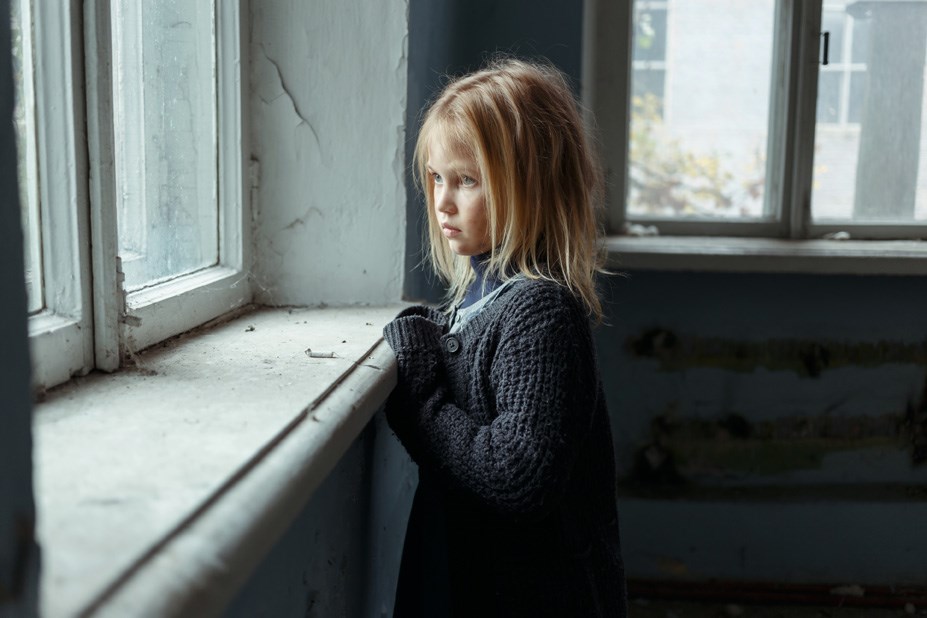The City of Burnaby’s child poverty rate remains one of the highest in the province, according to a new report.
On Thursday, First Call: B.C. Child and Youth Advocacy Coalition released its 2016 report card, which highlighted how one in five children are living in poverty because of a growing income inequality among B.C. families.
Using 2014 data, this year’s provincial child poverty rate sits at 19.8 per cent, slightly lower than last year’s 20.4 per cent. Meanwhile, Burnaby’s child poverty rate is 22 per cent, one per cent lower than last year, and is tied with the City of Langley for the second highest rate. Richmond is at the top of the list at 24 per cent.
The report showed that 17 of the 29 regional districts had child poverty rates higher than 20 per cent, and more than half (51 per cent) of B.C.’s poor children lived in Metro Vancouver.
“Poverty is spread all around the province,” Adrienne Montani, provincial coordinator with First Call, told the NOW. “It is a wealthy province and there has been some robust economic growth, but it’s not being shared. The lowest 50 per cent of families in the province, the bottom 50 per cent in income, only have a quarter of the pie.”
Montani said contrary to popular belief, the majority of impoverished children have working parents; low-wage work in industries like the service sector and retail.
The report also showed 1,000 youth age out of government care in B.C. each year and 40 per cent of the province’s homeless youth have been in government care at some point in their lives.
Coun. Anne Kang, vice-chair of the Burnaby’s social planning committee, said the findings mean council has more work to do.
“It’s one of the things we’re working on in our community,” she said, citing seven city-funded community elementary schools and one secondary school at Byrne Creek.
Another initiative noted by Kang was the city’s community benefit bonus policy, which has been in place since 1997. The policy enables the city to allow developers or applicants to build additional density in exchange for providing a “community benefit,” like a non-profit space or a park.
Kang said tackling child poverty comes down to working with all levels of government.
“That would be the most constructive and the best way to move forward with such a challenge in our community,” she said.
The report called for a provincial poverty reduction plan and made 20 public policy recommendations that would cut the child poverty rate to seven per cent or less by 2020.
Some of the recommendations include adopting a $10-a-day child care plan; increasing the minimum wage, welfare rates and provincial child tax benefit; paying living wages; and increasing supports for youth aging out of foster care.



